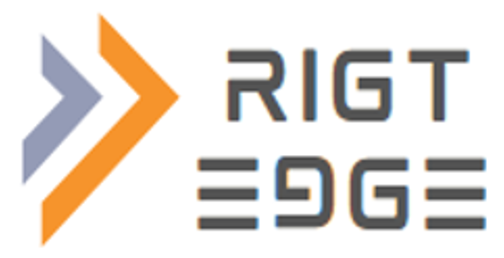
Our Services
Software-As-A-Service
Leverage our 21+ years of experience in QA
TEST AUTOMATION
To ensure that a Software product, like a web application, satisfies predefined quality standards for code style, functionality (business logic), and user experience, a practice known as test automation is used.
Regression Testing
Regression testing is a full or partial selection of previously run test cases that are run again to verify that functionalities are still in place.
API Testing
The goal of API testing is to examine the programming interfaces’ usability, dependability, performance, and security.
Performance Testing
Performance testing is primarily used to locate and fix software application performance bottlenecks. It falls under performance engineering and is additionally referred to as “Perf Testing.”
Monitoring Solutions
Our Monitoring Solutions makes sure that services are delivered to customers at the defined level and spots issues with application performance.
Different categories, such as load time and application response time, can be used to track or monitor application performance.
Usability Testing
User Experience (UX) testing, also referred to as usability testing, is a testing technique for evaluating how simple and user-friendly a software application is.
Software applications are used by a small group of target end users to reveal usability flaws.
The main goals of usability testing are to determine how user-friendly an application is, how flexible it is with controls, and how well it can accomplish its goals.


Testing-As-A-Service
We provide Testing services where we combine Automation and Human intelligence to provide the optimum validation of implemented features in an application, to achieve the best Quality deliverable. We aim to “left-shift” most of the testing and stay ahead of the project schedule.
Functional Testing
A type of software testing known as functional testing verifies a software system against functional specifications and requirements.
Each function of the software application is tested using functional tests, which involve providing the right input and comparing the output to the functional requirements.
User Acceptance Testing (UAT)
Before deploying the software application to a production environment, the end user or client performs a type of testing known as user acceptance testing or UAT.
After functional, integration, and system testing are complete, UAT is carried out as the last stage of testing.
Integration Testing
Software modules are logically integrated and tested as a unit in a type of testing called integration testing.
Multiple software modules created by various programmers make up a typical software project.
This level of testing’s objective is to find issues with how these software modules interact when they are combined.
System Testing
System testing is a type of testing that verifies a fully integrated and finished piece of software.
A system test’s objective is to assess the complete system requirements. The software is typically just a small part of a larger computer-based system.
The software is ultimately interfaced with other software and hardware systems.
System testing is defined as a collection of various tests carried out solely for the purpose of exercising the entire computer-based system.
Beta Testing
Beta testing, which is a type of external User Acceptance Testing, is carried out by “real users” of the software application in “real environments.”
It is the last inspection before a product is sent to the customer.
The ability to receive direct customer feedback is a key benefit of beta testing. This testing aids in testing products in real-world settings.
Field Testing
Field testing is a crucial step. Testers would enter the real environment to confirm an application’s usability and behaviour after all regression tests passed.
Before an application is made available to end users, it must first undergo field testing to ascertain how it functions.
